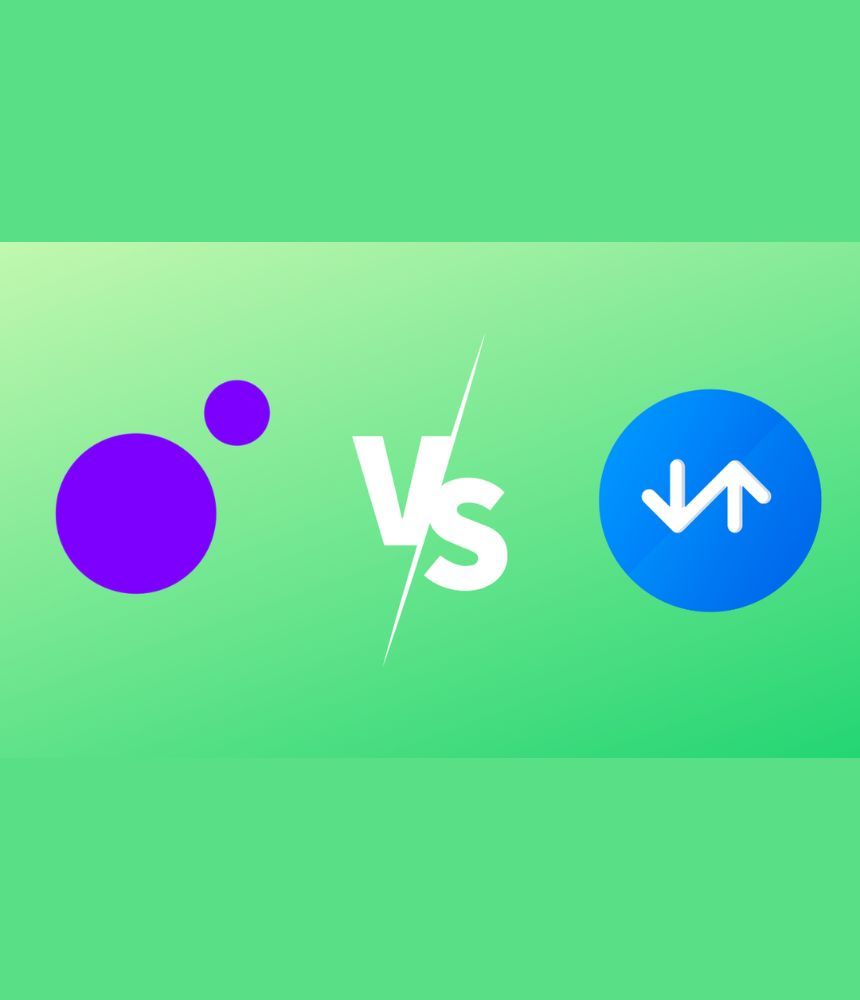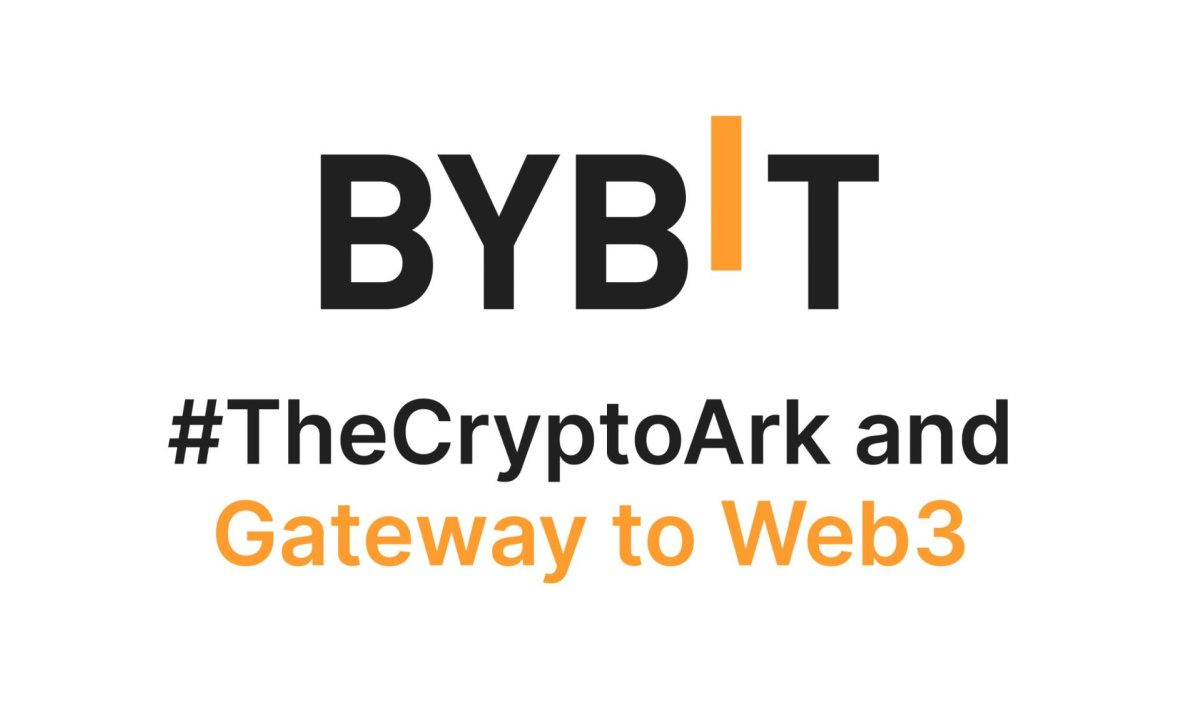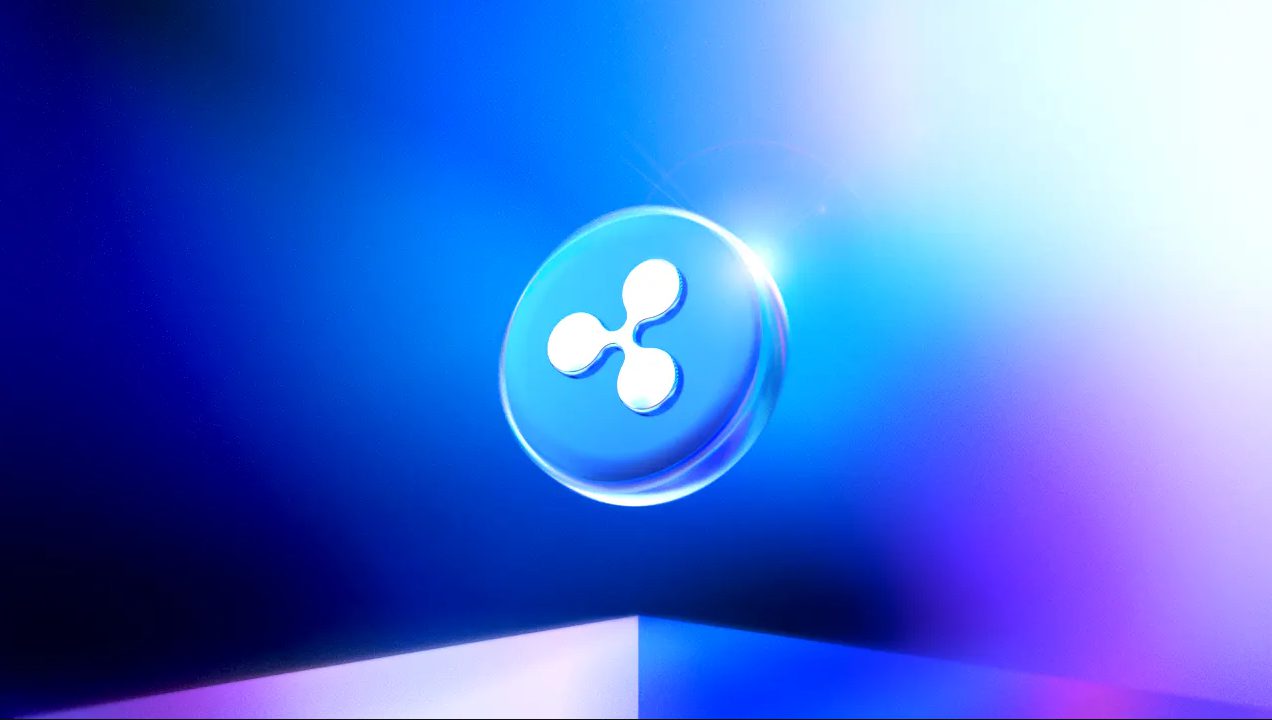New-age Web3 developers grasp the importance of integrating a fiat gateway within their dApps. By enabling users to purchase the crypto they need to interact with Web3, developers can dramatically simplify the onboarding process for new entrants.
The benefit of providing an easy (tightly integrated) way to buy and sell crypto is that users won’t have to go through the hassle of visiting another website or service to get the digital assets required to use a dApp.
Imagine someone downloads a new Web3 game and wants to buy in-game currency for weapon upgrades. If they have to find a separate cryptocurrency exchange to buy tokens, they might give up and never play the game again. But if they can buy the tokens directly within the game in just a few clicks, they’re more likely to stay engaged.
Hence, the popularity of crypto on-ramps has surged in the past few years. If Web3 is to achieve mainstream adoption, UX is a crucial piece of the puzzle — and on-ramps are right there, at the doorway of Web3 onboarding UX innovation!
The most popular crypto on-ramps right now, as per SimilarWeb data, are Transak and MoonPay, offering comprehensive solutions for onboarding new users to Web3, with an ocean of payment options and supported cryptocurrencies.
What Is Transak?
Transak is a 360-degree Web3 payments infrastructure provider that made its debut in the industry with a highly functional crypto on-ramp and off-ramp platform. The platform that makes it simple for users to buy and sell crypto within its native widget or from the hundreds of dApps that directly integrate its on/off-ramps.
It supports crypto purchases on popular wallets such as MetaMask, Trust Wallet and Exodus, and integrates with some of the best known DeFi dApps, including Aave.
Notably, Transak offers support for an extensive range of fiat payment methods, including bank transfers, credit and debit cards,various digital wallets, and over 20 localized solutions like PIX, UPI, and SPEI. It is available in more than 160 countries, supports over 170 cryptocurrencies, and is compatible with most major blockchains (more than 75 networks), while offering competitive fees.
What Is MoonPay?
Like Transak, MoonPay is a platform that’s designed to simplify the process of buying and selling crypto, and it has already been integrated into hundreds of well known dApps.
MoonPay enables users to buy a wide range of cryptocurrencies, including Bitcoin, Ethereum, Solana, Cardano, USDCoin, USD Tether and many more, with support for over 75 in total. What’s more, it can enable purchases in more than 30 fiat currencies, across 160+ countries globally.
Supported payment methods are comprehensive, with options including bank transfers, bank wires, credit and debit cards, Apple Pay and Google Pay among the most commonly used.
Which Crypto On-Ramp Is Best?
At first glance, Transak and MoonPay might seem similar, so why should a developer care about which one to choose?
The truth is, the differences between the two platforms are nuanced yet significant for the businesses integrating them; from their functionalities to the range of fiat currencies they support.
Developers need to consider the target audience: where users are located, and what payment methods and currencies users would prefer. By evaluating these factors, developers can hone in on the platform that best meets their business goals.
Let’s explore the key distinctions between Transak and MoonPay to help developers make an informed decision.
Supported Cryptocurrencies
One of the most important considerations is the actual cryptocurrencies that can be bought using a crypto gateway, as there’s little point in integrating it in a dApp if it doesn’t allow users to purchase the tokens they need.
As two of the leading crypto on-ramps, both Transak and MoonPay offer a wide selection of supported cryptocurrencies, but from an examination of each service’s product documentation, it’s clear that the former has the edge in this department.
Transak’s main website offers a list of 173 supported cryptocurrencies at the time of writing, and it’s a pretty comprehensive one that features all of the major tokens and more than a few obscure ones. MoonPay doesn’t actually provide a straightforward list of supported digital assets on its main website, but we took the time to delve into its documents and counted a total of 123 supported tokens, at the time of writing.
For sure, these numbers will change as both services continue to add, and perhaps also delist tokens, but at present it’s a clear advantage to Transak.
Supported Fiat Currencies
Developers must also consider the kinds of fiat each platform supports, because it’s no good choosing a platform that doesn’t support local currency if your target audience is a specific demographic.
Once again, Transak comes out on top with support for a hefty 76 different fiat currencies, compared to MoonPay’s 34 fiat options at the time of writing.
On-Ramp Payment Methods
Naturally, users will want a wide selection of fiat payment methods they can choose from to purchase their crypto. Both platforms support the usual suspects, such as credit card payments and debit cards (including MasterCard, Visa, and Maestro) as well as popular digital wallet services such as Google Pay, Apple Pay, plus SEPA and SEPA Instant.
MoonPay stands alone in supporting PayPal, which will be relevant to some users, but in terms of its wider selection it leaves a fair bit to be desired. All told, MoonPay currently accepts just eight different on-ramp payment methods, compared to the 17 that are available on Transak.
Off-Ramp Payment Methods
Users want to be able to buy and also sell their crypto in the event they happen to make a profit from trading or playing NFT games.
The list of payout methods is more restrictive on both platforms, but MoonPay has the edge here, with five supported payout methods, including debit cards, ACH payments, SEPA & SEPA Instant, UK Faster Payments and PayPal. Transak lists seven payout options but distinguishes debit cards based on the chosen currency. If we count all of the supported debit cards as one, Transak offers three options for payouts, including SEPA & SEPA Instant, and Faster Bank Transfer.
That said, Transak claims an advantage in that all of its payouts are deposited with user’s accounts instantly, whereas MoonPay only supports instant payouts for PayPal and SEPA Instant, with other methods taking 1-3 days to process.
Supported Regions
Another area where Transak appears to have the edge is in the number of supported countries. Its website lists 169 territories where it can cater to fiat-to-crypto and crypto-to-fiat swaps, whereas MoonPay’s coverage seems to extend to 158 countries, based on its list of unsupported nations.
Product Diversity
One area where MoonPay sets itself apart from Transak is in its list of features, for it is far more than just a crypto on- and off-ramp, offering an NFT Checkout, Web3 Passport and HyperMint platform for minting non-fungible tokens. Transak also offers an NFT Checkout and an innovative product called Transak One, which streamlines and condenses complex fiat-to-smart contract interactions, so users can stake, bridge liquidity and engage in various DeFi transactions using fiat, without having to perform an exchange first.
KYC Processes
The KYC process has never been much of a favorite for crypto enthusiasts but it’s an important part of the onboarding process nevertheless, because traditional financial institutions are subject to strict regulations over who they can and cannot do business with.
Transak attempts to streamline this process as much as possible with its multi-level KYC solution.
For those just getting started, all that’s required is to provide a name and billing address to pass level one and be authorized for small transactions, which is ideal for, say, blockchain games. Level two involves a bit more, with the user required to submit proof of their identity and address and pass a liveness test, enabling them to perform transactions of up to $20,000. Level 3 KYC is required for users who want no limitations on their account whatsoever, and involves more detailed checks.
MoonPay has a similar setup, dividing its KYC process into four main categories, including an identity check, proof of address, a selfie and finally, a “source of wealth” verification, which requires users to submit documents that prove their income.
Unlike Transak, MoonPay’s system is incremental, so rather than being able to pass all of the checks in one go, users will be asked to provide additional documentation once they reach each transaction limit.
dApp Integration
A key consideration for developers will be the ease of integrating any crypto gateway, and thankfully Transak and MoonPay both provide comprehensive APIs to ease this process.
Transak’s integration options include an instant checkout SDK, React Native via the Transak React Native SDK, Reach Native via Webview, plus Android, iOS and White Label APIs, and even a simple redirect link for developers that struggle to implement the above options.
Meanwhile, MoonPay provides a total of six SDKs, including Web, React and Node.js SDKs for web-based applications, and iOS, Android and React Native for mobile applications. While it strongly advises developers to integrate with an SDK, it understands that some technology stacks are incompatible with the above options, which is why it also offers a simple URL-based integration that redirects users to a MoonPay widget within the dApp.
Transaction Fees
The transaction fees associated with each platform vary considerably based on the payment method used, the fiat currency and user location, but Transak appears to have a slight advantage. Its fees range from 0.99% to more than 5%, which compares somewhat favorably with those of MoonPay. That said, Transak also appears to have higher minimums in terms of withdrawals to fiat.
MoonPay is somewhat pricey in that it charges 4.5% on every transaction, or a minimum of $5. As such, while MoonPay does allow smaller withdrawals, transacting such small amounts can be quite expensive.
Affiliate Programs
Transak and MoonPay both offer affiliate programs that give developers an opportunity to refer other Web3 builders to their services and earn rewards on every transaction those referrals make.
With MoonPay, developers can earn a flexible affiliate fee of between 0.5% and 1.25% on every transaction, with users able to adjust this by themselves. MoonPay says it’s willing to work closely with its affiliates to find the most optimal equilibrium in order to maximize conversions. Users will be able to withdraw their affiliate commissions once they have accumulated at least $1,000 or the equivalent in their local currency, with payout methods including BTC, USDC and USDT.
Transak is less transparent about its referrals, but offers a fixed commission on each successful transaction, in addition to in-depth training and support for affiliates. It also gives affiliates the opportunity to offer discounted pricing for certain tokens.
User Reviews
The majority of users claimed to be satisfied with Transak, citing its simplicity, ease of use and rapid transaction speeds. That said, there are reports of some users complaining about delayed transactions, as well as difficulties in sending and receiving ETH. Overall, Transak has earned 4.2 stars on Trustpilot from over 22,000 reviews, with positive experiences vastly outweighing the negative ones.
As for MoonPay, it has racked up more than 86,000 reviews on Trustpilot, earning a score of 4.1 stars. Once again, the majority of users expressed satisfaction with the service, commenting on how easy it is to use. There were a few reports of some users being confused about its features and its laborious KYC process, but overall a clear majority are happy with the platform.
Comparison Summary
Criteria
Transak
MoonPay
Winner
Supported Cryptocurrencies
173
123
Transak
Supported Fiat Currencies
76
34
Transak
On-Ramp Methods
17
8
Transak
Off-Ramp Methods
3
5
MoonPay
Supported Regions
169
158
Transak
Product Diversity
3
5
MoonPay
KYC Processes
Flexible
Incremental
Transak
Transaction Fees
Starts at 0.99%
4.5%
Transak
Affiliate Program
Less transparent
0.5% to 1.25%
MoonPay
User Reviews on Trustpilot
4.2/5
4.1/5
Transak
*Numbers accurate as of June 2024
Conclusion
Weighing Transak and MoonPay against one another reveals unique strengths and weaknesses for each platform, making it challenging to determine a clear winner. However, Transak distinguishes itself with its unique benefits that suit a broader audience of users, developers, and businesses.
Transak’s adaptability and user-focused approach enable it to address diverse needs, providing a more flexible solution. For developers, the choice depends on factors such as supported payment methods, token availability, and transaction costs. Transak delivers competitive fees and robust assistance, positioning itself as a strong competitor in these areas.
Upon careful examination of both platforms, it becomes evident that Transak presents a universally applicable solution, particularly suitable for individuals seeking extensive accessibility and adaptability for their dApp.
Disclaimer: This article is provided for informational purposes only. It is not offered or intended to be used as legal, tax, investment, financial, or other advice.
Credit: Source link















































